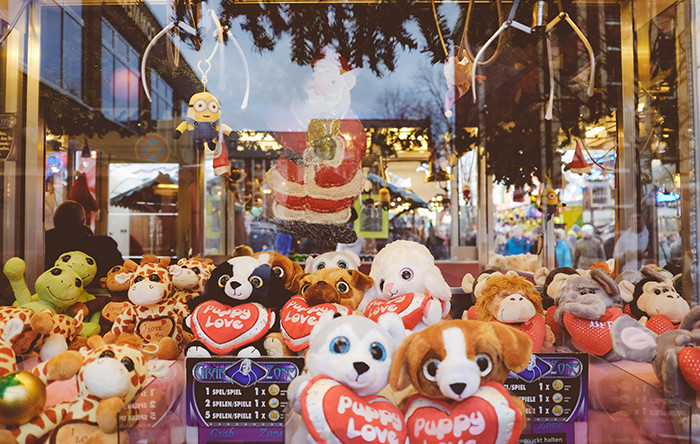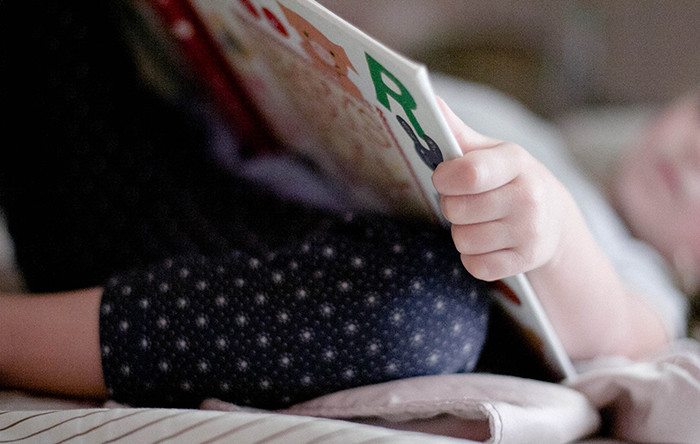Toys are intended to give your children hours of fun, pleasure, and laughter. But they can also cause accidents or injuries. Buyer beware: toy safety is important. Keep your kids out of harm’s way while playing by learning these tips for buying toys that are safe.
Not only do the toys need to be safe, your child needs to be safe while playing with them. In 2011, more than 188,000 children under age 15 visited the emergency department for toy-related injuries, according to Safe Kids Worldwide. Of those injuries, more than one-third happened to children age five and under.
Who knew playing with toys could be such a dangerous game? Luckily, there are toy safety practices you can adopt to help minimize the risk of your child becoming injured by a toy.
Read these tips for buying your kids toys that are safe, and for making sure your children are out of harm’s way while they play.
1. Buying toys

Toy safety starts before you even purchase that new rocking horse or building set for your child. Do your homework before buying, so you know what you’re getting into, and whether you should pass up a toy for a potentially safer one.
To make buying toys safe:
- Don’t buy toys that aren’t age-appropriate for your kid. Read all instructions and warning labels before buying and giving the toy to your child.
- When you get the toy home, check for potential choking hazards.
- If a toy is made of fabric, it should be labeled as flame-resistant or flame-retardant.
- Make sure stuffed toys are washable.
- Make sure toys with paint on them were made with lead-free paint (beware that old toy from the attic or grandma’s house)
- Check art materials for labels saying they are nontoxic.
- When buying crayons and paints, the packages should say ASTM D-4236, indicating they’ve been evaluated by the American Society for Testing and Materials.
- If you buy toy guns, they should be brightly colored and not mistakable for real weapons. Teach kids to never point guns, darts, or arrows at anyone.
If you get toys that are hand-me-downs, don’t trust that they are safe. Check them just as religiously for toy safety. This is especially true for older toys that could be rusted, have sharp edges, or contain lead paint. Or, be conservative and say “no thanks” to hand-me-down toys.
2. Safety during playtime

Once you’ve checked the toys using the above tips, you can hand them to your kids, sit back, and relax, right? Wrong. Just because a toy seems safe doesn’t mean it won’t be used by your child in a way that could be harmful. Or, a toy could break, posing a toy safety issue.
To make playtime safe:
- When you get a new toy, throw away the packaging and plastic wrappings immediately, so they don’t become a deadly hazard to small children.
- Toy safety starts with supervision. Provide your child with safe, hazard-free play spaces, both indoors and outdoors.
- Toys can get used and abused through use, so you’ll want to regularly conduct a toy maintenance check for safety and durability.
- If you have kids of multiple ages, watch that your younger child doesn’t get ahold of the older child’s toys that may contain small parts or other hazards (example: tiny doll shoes, or small building blocks).
- As soon as a toy breaks, take it away from your child and check to see if it is still safe to play with, or needs to be thrown out.
- Store your children’s toys when they are done with them, so no one steps on or trips over scattered toys.
- Require your child to wear a helmet each time he or she rides a bicycle, scooter, skateboard, or skates. Helmets should meet current safety standards, and children should also wear other recommended safety gear (hand, wrist, and shin guards). Look for CPSC or Snell certification on the labels.
- Make sure your toys are safe by checking for recalled toys, children’s clothes, etc. here: http://www.cpsc.gov/en/Recalls/Recalls-by-Product/
3. Safety with items that aren’t toys
You’ve probably noticed, your child sometimes likes to play with the box a toy came in more than the toy itself. Kids are famous for using non-toys as toys, and the result can be dangerous.
Keep the following items away from children, and teach kids never to play with:
- Scissors
- Matches or lighters
- Fireworks
- Tools
- Balloons (which can be choking hazards)
Supervising your child during play is one of the best ways to practice toy safety and keep your kids out of harm’s way. But if you want to protect your kids, even when you’re not there, learn these tips on how to do so.
It’s also a good idea to begin planting the seeds of toy safety with your child. If you throw away a toy that breaks, explain why. Or, if you tell a child he can’t have a certain toy, show him why not.
Toy safety can be a positive experience for the whole family. Enjoy playing, and be safe!



